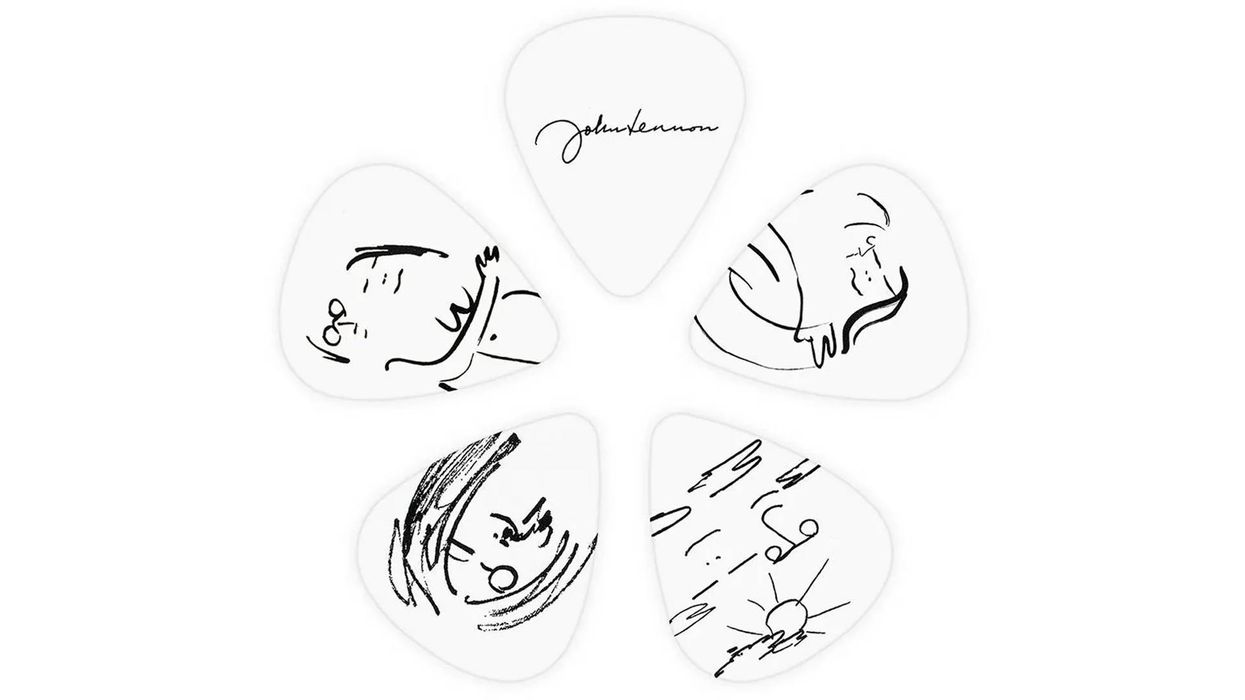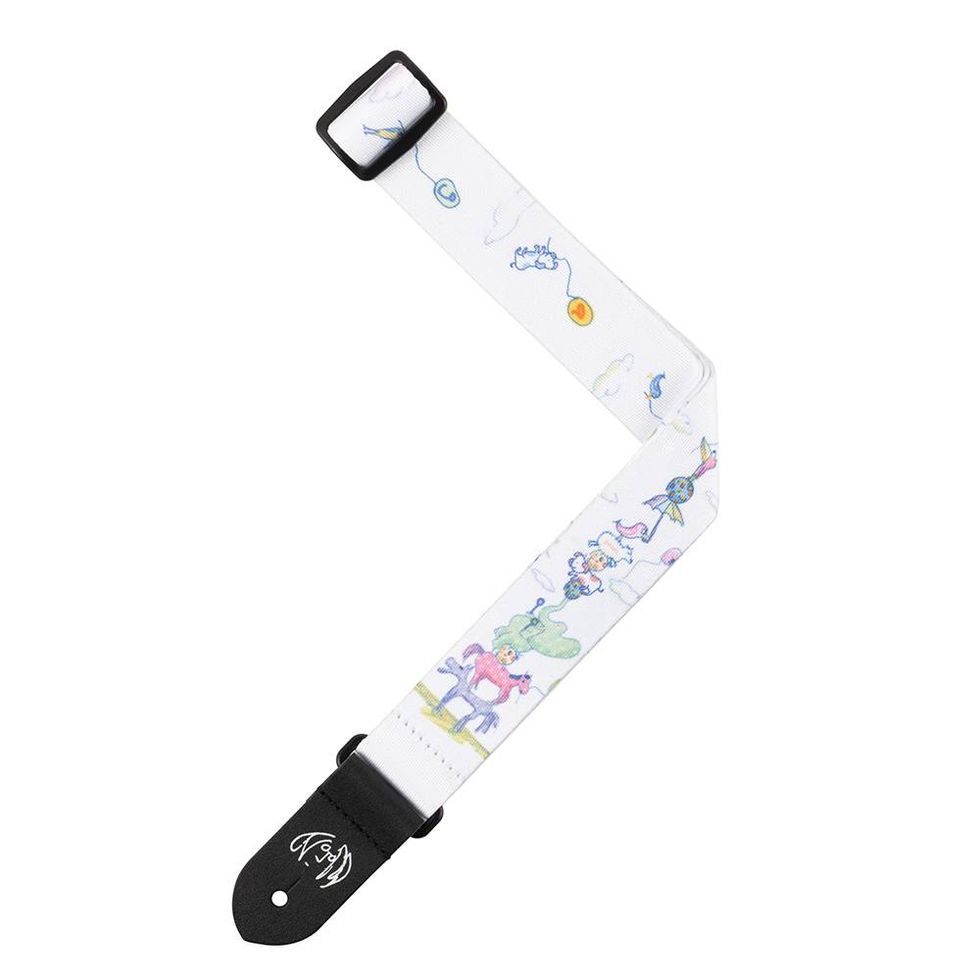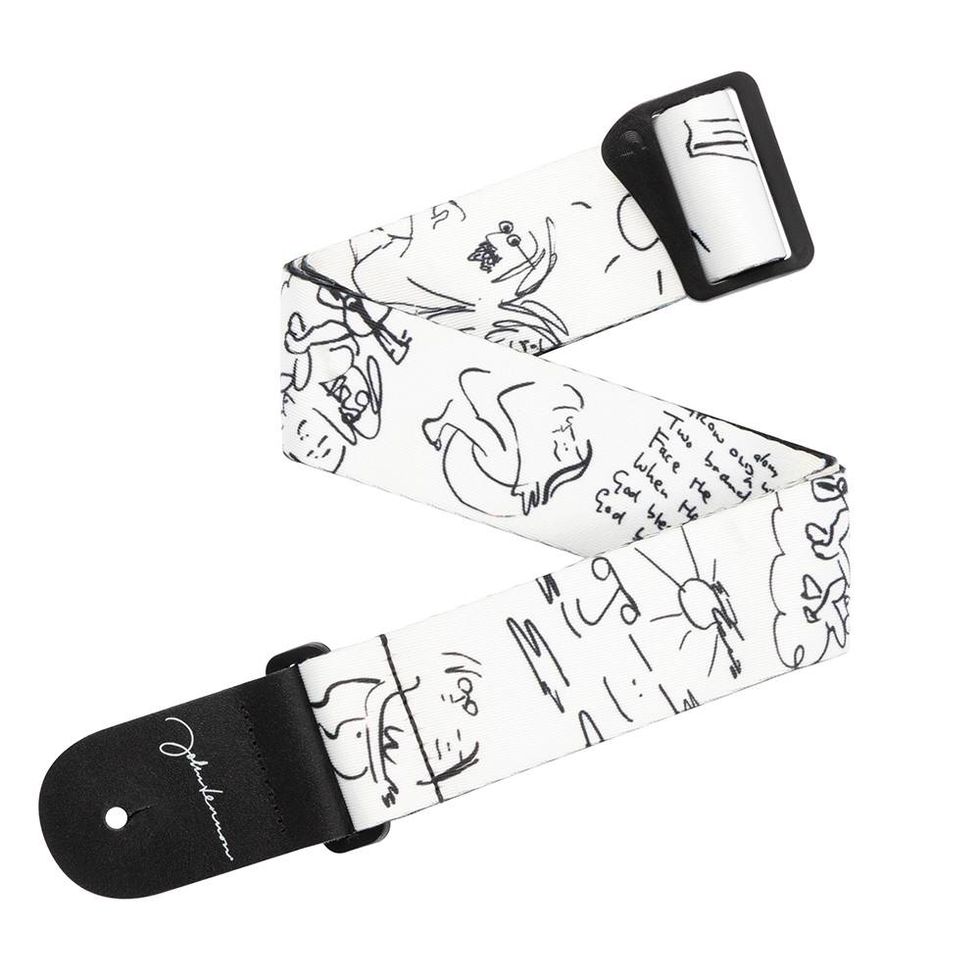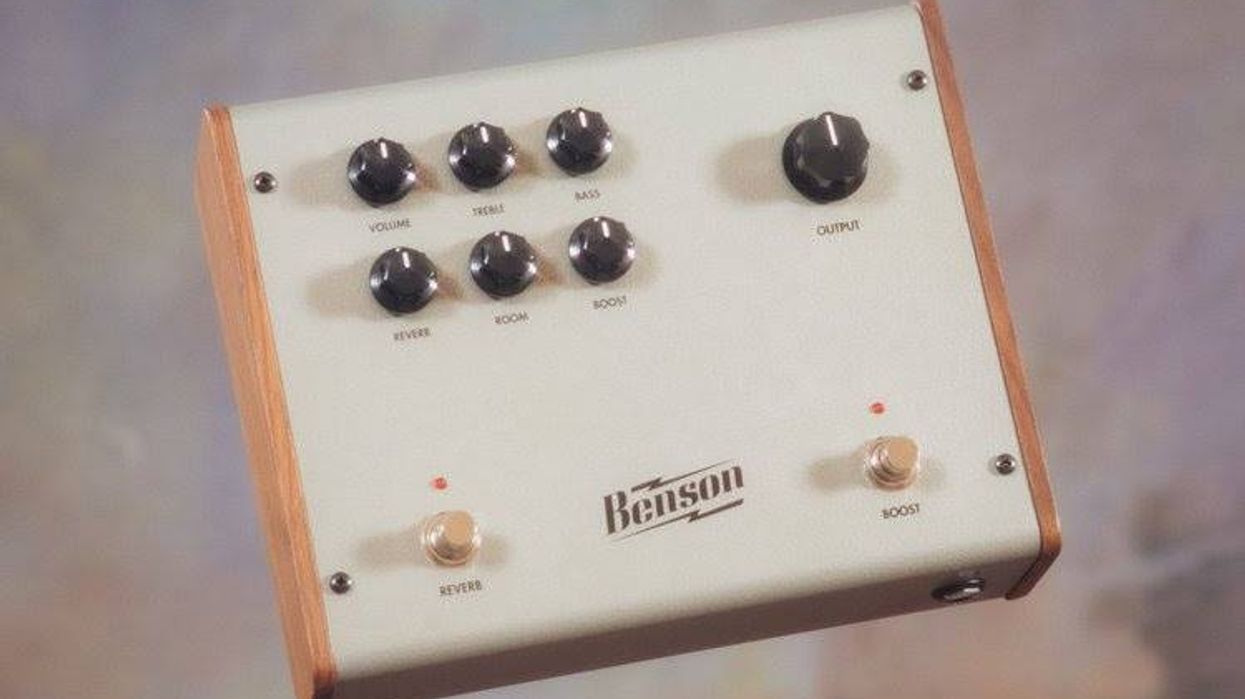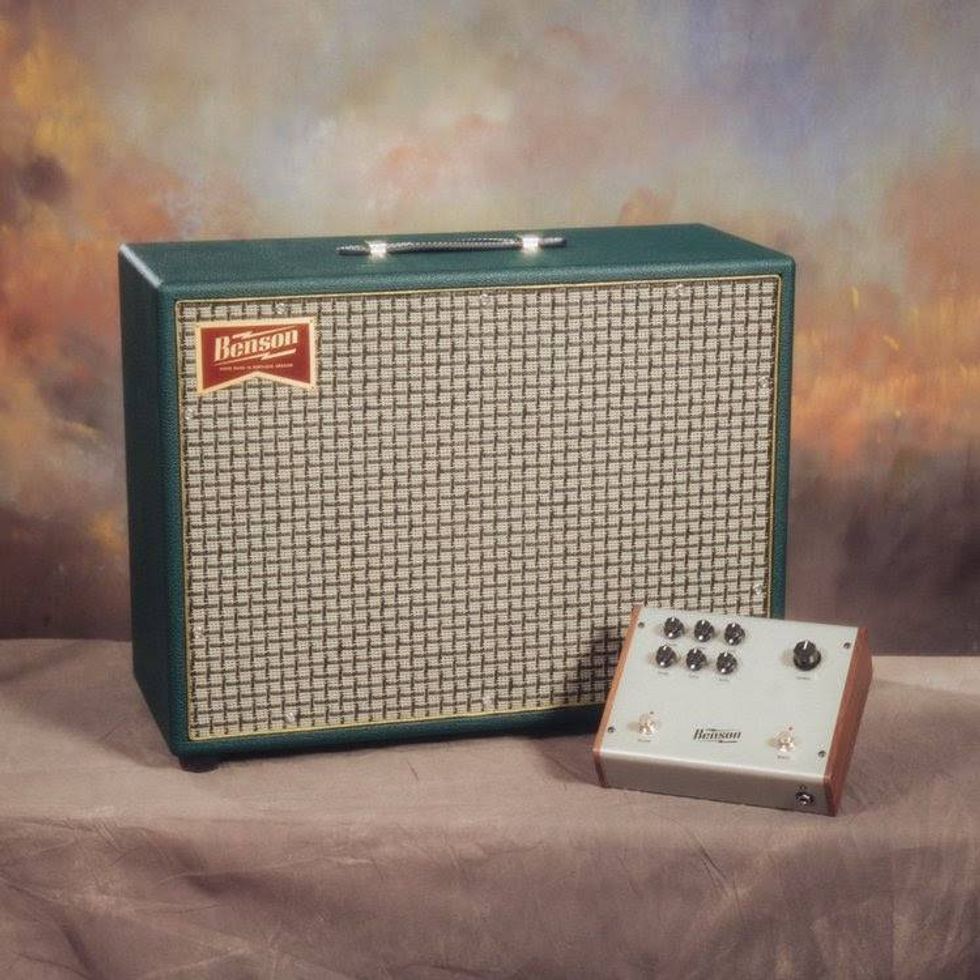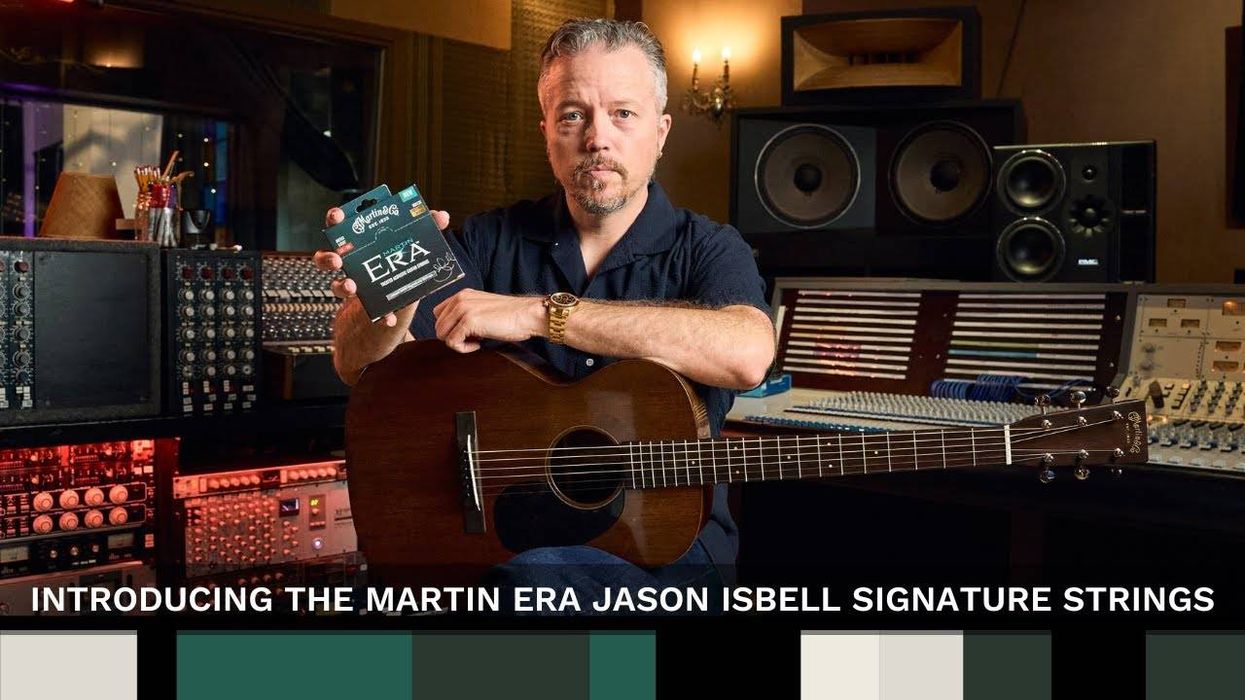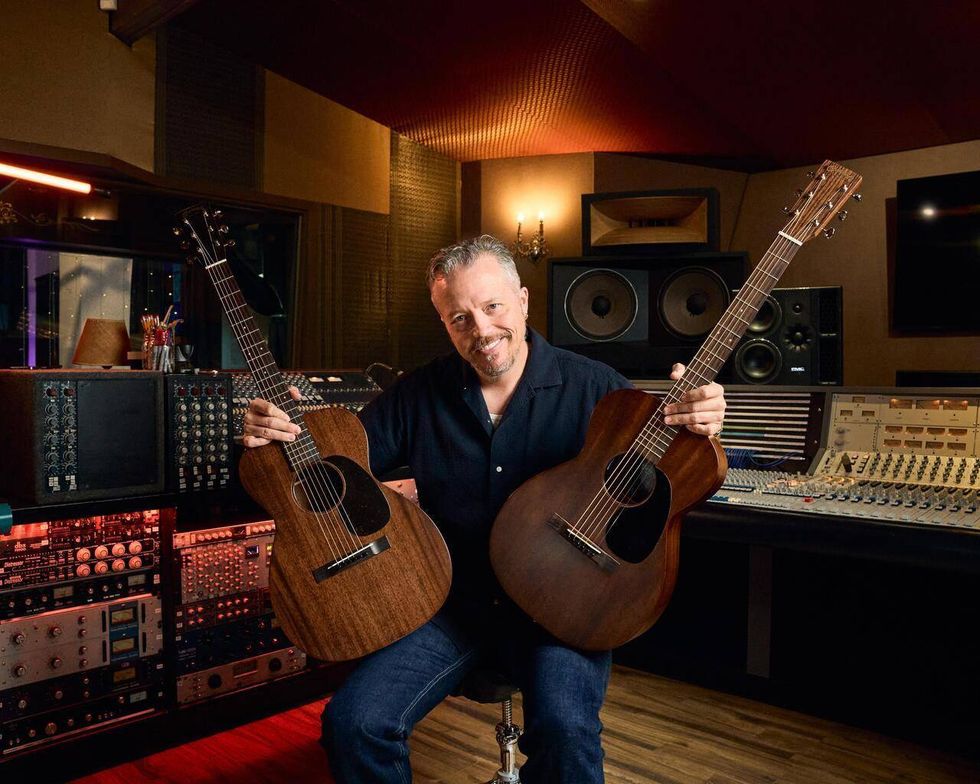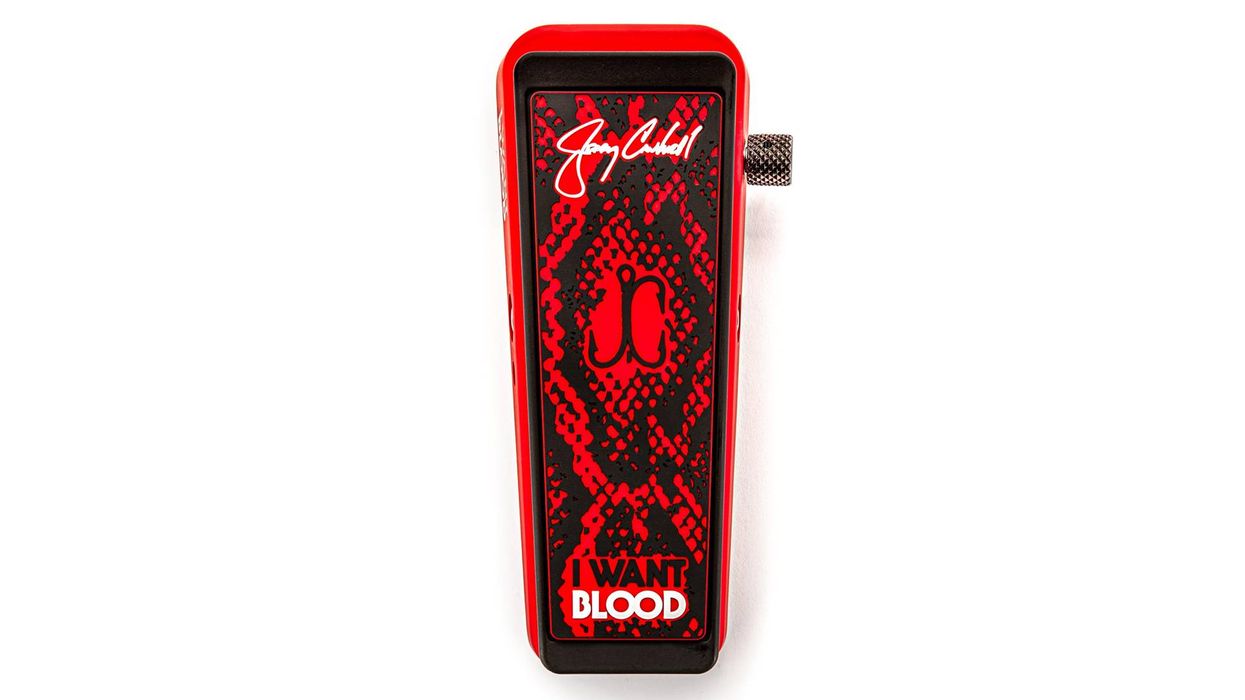Boss' Serial GK System is designed to be a versatile product that elevates guitar and bass synthesis into a new age of playability and creative range.
Driven by the newly developed Serial GK digital interface, the advanced ZEN-Core engine in the GM-800 unlocks any sound imaginable—from acoustic instruments to classic and modern synths—while high-performance DSP delivers tracking stability and expressive scope never before possible. Users can also expand the GM-800 experience with a growing selection of ZEN-Core content on Roland Cloud. In addition, BOSS has released a variety of complementary products for the GM-800 and Serial GK system, including GK-5 and GK-5B Divided Pickups for guitar and bass, BGK-15 and BGK-30 connection cables, and GKC-AD and GKC-DA GK Converters for interfacing with classic 13-pin GK products.
GM-800 Guitar Synthesizer
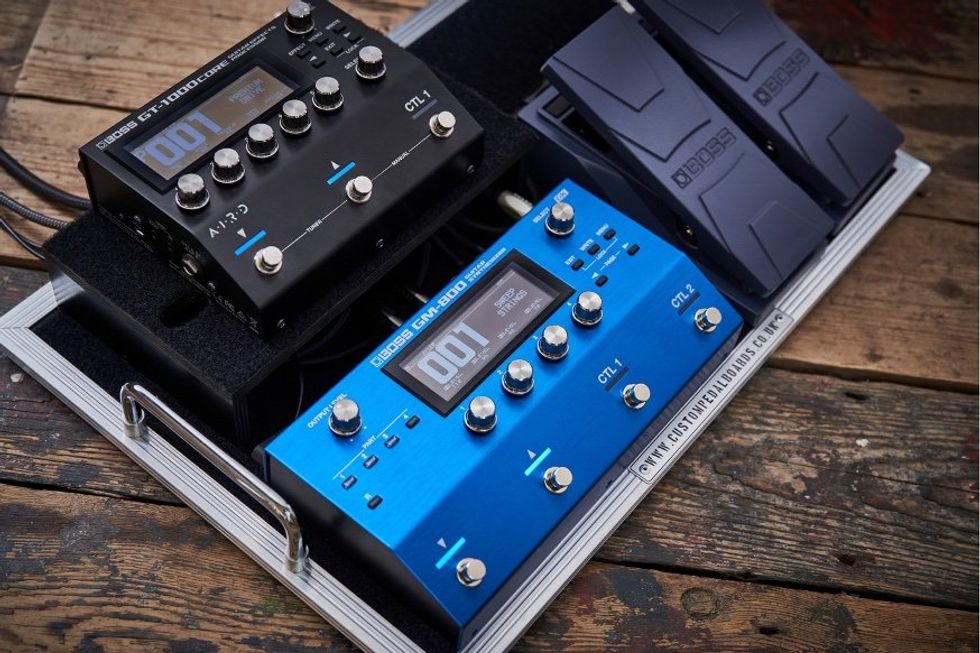
Boss and its parent company Roland have been the worldwide leaders in guitar synthesizer innovation for nearly five decades, beginning with the revolutionary GR-500 system in 1977. Expanding and elevating the concepts behind many historic Roland GR products, the GM-800 provides guitar and bass players with cutting-edge creative tools and access to sounds typically only available with keyboard-based instruments.
The GM-800 is built around the expandable ZEN-Core Synthesis System, the sound source found in professional Roland products like the JUPITER-X and FANTOM keyboards and ZENOLOGY software synthesizer. ZEN-Core combines modern PCM synthesis and advanced modeling to provide an infinite playground for sonic discovery. With over 1200 Tones, GM-800 users can play everything from pianos, organs, and orchestral instruments to classic Roland synth sounds like the JUPITER-8, JUNO-106, and many others.
The GM-800 features an intuitive workflow based around Scenes, which contain four Tone parts, a Rhythm part, and a vast selection of synthesis parameters, effects, pitch settings, and sensitivity adjustments. Users can layer Tones to create combined voices or assign Tones to individual strings, such as a bass sound on the low strings and a piano or sax sound on the high strings. It’s also possible to assign Tones to specific fret ranges, a powerful new feature made possible with the GM-800’s advanced pitch detection.
The GM-800 supports an ever-growing range of creative options through Roland Cloud, including ZEN-Core Sound Packs, Wave Expansions, and more. A free Roland Account provides access to essential Roland Cloud services, with additional content available via three paid membership levels. All plans start with a free 30-day Ultimate trial to experience everything Roland Cloud has to offer.
The streamlined GM-800 flows smoothly from desktop operation to installation on an advanced pedalboard. There are four assignable footswitches, plus two external control jacks that each support up to two footswitches or an expression pedal. MIDI I/O is also included for interfacing with other synthesizers and MIDI equipment.
Via USB, users can craft Scenes in detail from their computer using the Boss Tone Studio software for the GM-800. It’s also possible to capture GM-800 sounds as audio tracks in a DAW and use the Guitar to MIDI function to play software-based instruments and hardware sound modules.
GK-5 and GK-5B Divided Pickups
The GK-5 (guitar) and GK-5B (bass) are user-installable pickups designed to drive the advanced Serial GK digital interface in the GM-800. They feature a secure, space-saving connection with a lower profile than previous GK products. The GK-5 works with most standard six-string guitars with steel strings. The GK-5B supports most bass guitars with four, five, or six strings, and the pickup’s internal sensors can be adjusted to accommodate different bridge spacings.
BGK-15 and BGK-30 Serial GK Cables
The BGK-15 (15 ft./4.5 m) and BGK-30 (30 ft./9 m) cables are specially designed for optimum performance with the GK-5/GK-5B and the Serial GK system. Built with premium materials, they feature a flexible design with a woven outer jacket that provides easy handling and rugged durability.
GKC-AD and GKC-DA GK Converters
The GKC-AD and GKC-DA provide easy integration between the new Serial GK system and the analog 13-pin GK interfaces found in earlier guitar synth and modeling products from Boss and Roland. The GKC-AD allows users to drive the Serial GK input on the GM-800 from a Roland GK-3/GK-3B Divided Pickup or an instrument equipped with a 13-pin GK output. With the GKC-DA, users can drive 13-pin GK products such as the Boss SY-1000 or GP-10 from a GK-5/GK-5B pickup or the Serial GK output of the GM- 800.
The new Boss GM-800 and GK system will be available in the U.S. beginning in August as follows: GM-800 $749.99, GK-5 $249.99, GK-5B $299.99, GKC-AD $199.99, GKC-DA $199.99, BGK-15 $49.99, BGK-30 $69.99.
For more information, please visit boss.info.
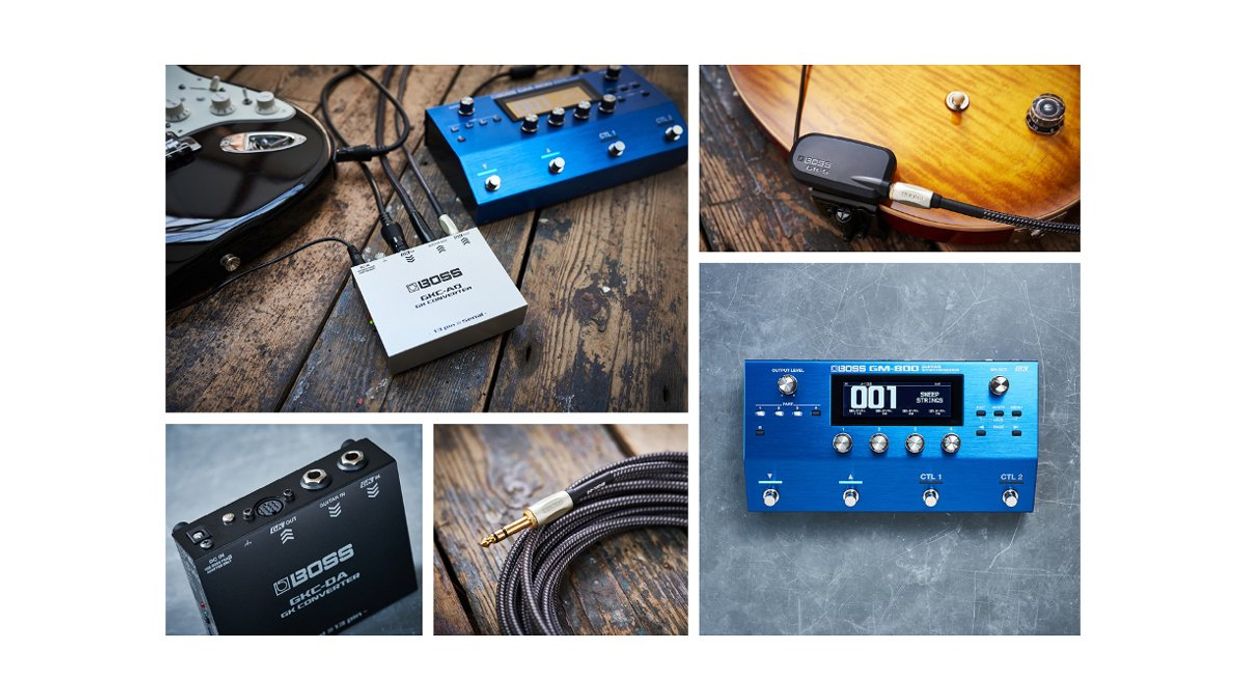



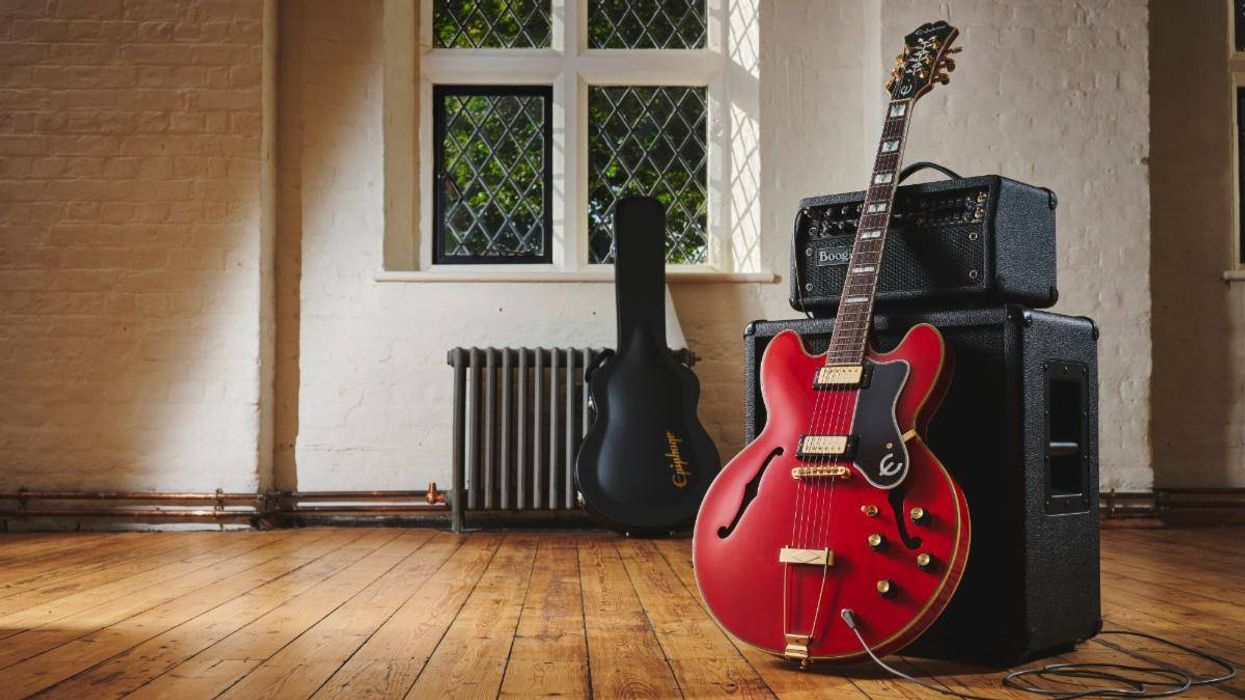
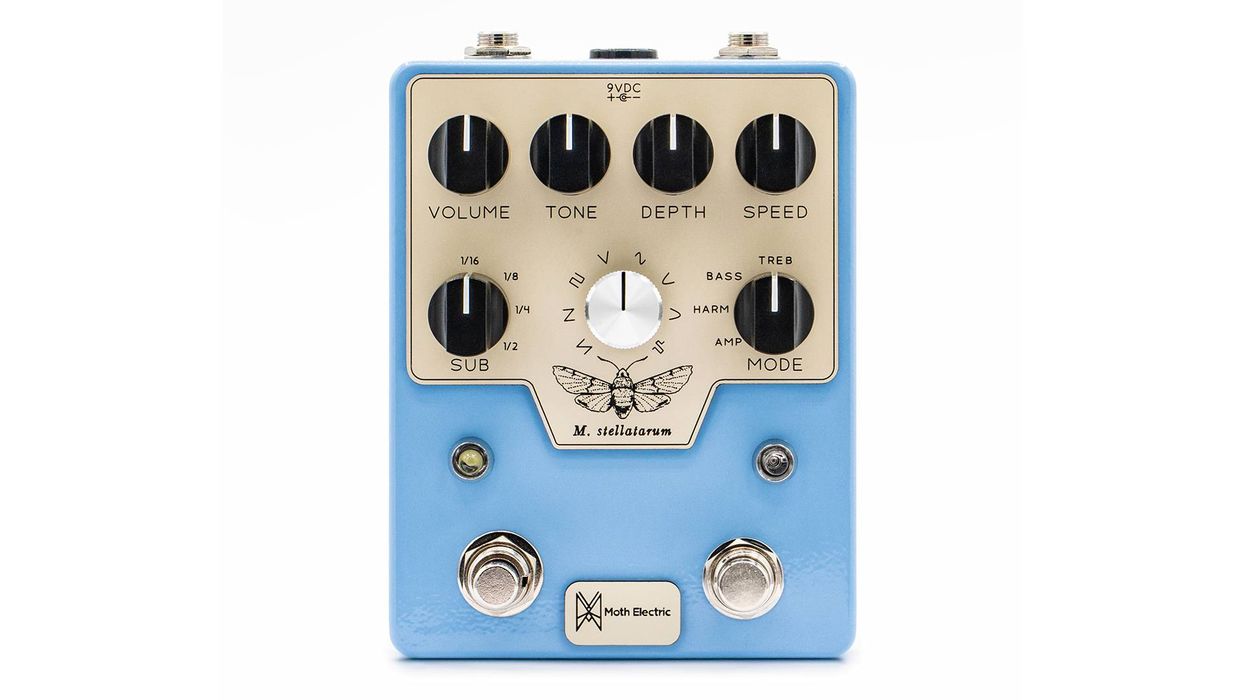
![Devon Eisenbarger [Katy Perry] Rig Rundown](https://www.premierguitar.com/media-library/youtube.jpg?id=61774583&width=1245&height=700&quality=70&coordinates=0%2C0%2C0%2C0)





